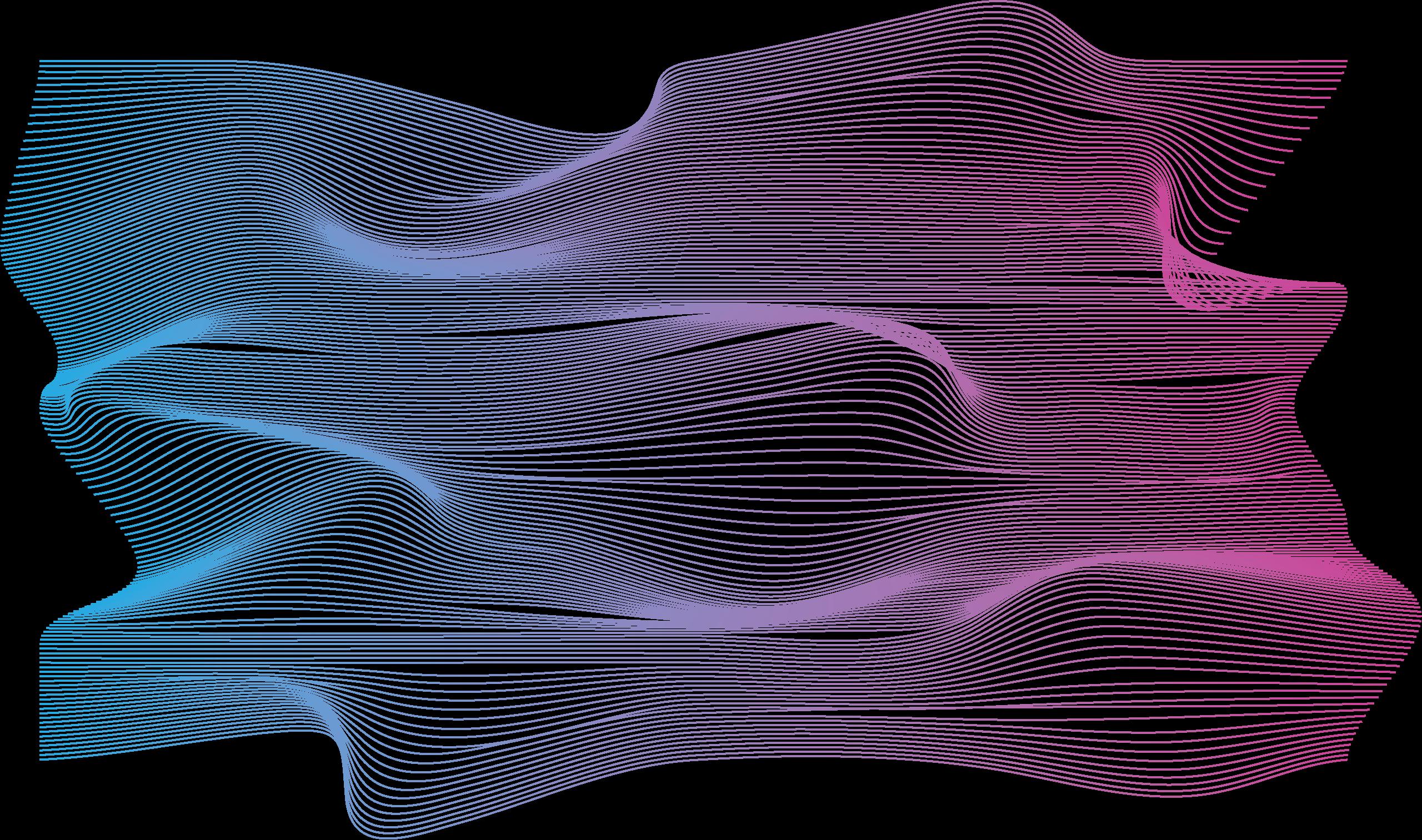On the Sunny Side of Science BY NOAH BUSSELL
W
hile the lamps along the Charles Bridge and the vibrant colors of the aurora borealis exemplify an ethereal yet romantic quality of light, to a scientist, light is also immensely practical. From photosynthesis to drug design, interactions between matter and light are responsible for the progression of many organic processes, our ability to elucidate the structures involved, and these structures’ significant contributions to the mechanisms of chemical action at work. The relationship between light, structure, and energy is one of the most fundamental and widely utilized concepts in science—and science fiction for that matter. In Jean Luc Goddard’s dystopian film Alphaville, where science and logic are the law of the land, the “laws’’ are E=mc2 and E=hν. The latter serves as the scientific statement that quantifies light’s energy as well as the fundamental equation underlying spectroscopy. While current developments in light-matter research are highly unlikely to plunge us into the technocratic society of Goddard’s film, absent of emotion and free thought, they instead have immense potential to (and currently are working to) usher us into a healthier and more sustainable future. Even historically, advances in our abil-
30
ity to harness and manipulate light have been linked to the advancement of science. Due to the strong relationship between the structure and function of organic systems, obtaining detailed information about the structure of biomolecules by manipulating and measuring light allows for advances in
Figure 1: Scene from Jean Luc Goddard’s Alphaville portraying the “laws” of the dystopian technocracy, Source: Boake1. fundamental research and health. In 19521953, the English biochemists James Watson and Francis Crick were attempting to uncover the structure of DNA via model building while similar efforts coupled with the chemical analysis of Nobel Laureate Linus Pauling—who inaccurately proposed a triple helix structure—did much of the
Berkeley Scientific Journal | SPRING 2022
same. Nonetheless, it was an image procured by Rosalind Franklin, dubbed Photograph 51, captured via the interaction of X-rays with DNA molecules that led to the fundamental breakthrough. Light provided the answer. Watson and Crick’s postulate in their seminal 1953 Nature paper that “the specific pairing we have postulated immediately suggests a possible copying mechanism for the genetic material” was precinct, and the discovery has revolutionized the field of biochemistry. Their specific contributions to the project were perhaps exaggerated, however. This was in accordance with the sexist environments of the Cavendish and King’s College laboratories where Watson and Crick and Rosalind Franklin were respectively conducting their research.2 As our knowledge of light-matter interactions, and how to manipulate them, continues to advance, scientists are progressing in their ability to make more precise measurements and study increasingly complex systems. Notably, in 2020, a scientific group spread across several European technical institutions published their research on the morphology and energetics of a protein that plays a critical role in energy transport within living systems. Their PNAS paper outlines the mechanism
FEATURES


















